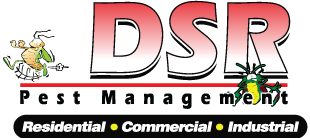Bug Identifier: What pests are most common to Tucson?
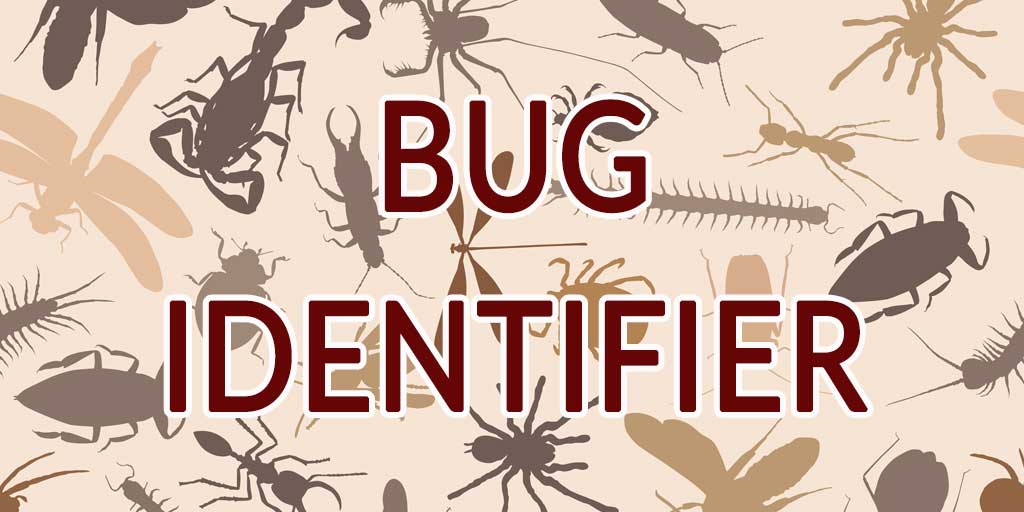
Tucson, also known as the “Old Pueblo”, is celebrated for its diverse landscape, which includes flowering desert, rolling hills, winding dry riverbeds, rugged canyons, and pine-topped peaks. Due to many factors, including steep elevation changes, warm subtropical climate, and the dance between temperate and tropical weather, Tucson has a unique makeup of insects commonly found […]
Pest Management in Tucson
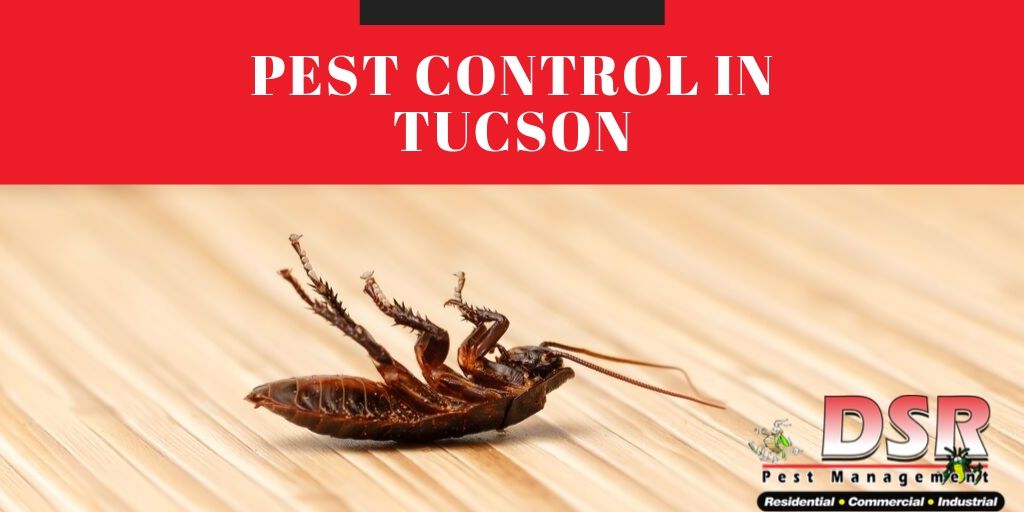
As a homeowner or renter, you enjoy the comfort of your own furnishings, a unique style and the shelter from outside elements. Namely, the Tucson heat and its insects. Just as much as you enjoy a respite from the high temps, so do the many bugs here in Tucson. When these insects begin to invade […]
Bed Bugs Signs & What To Do About Them
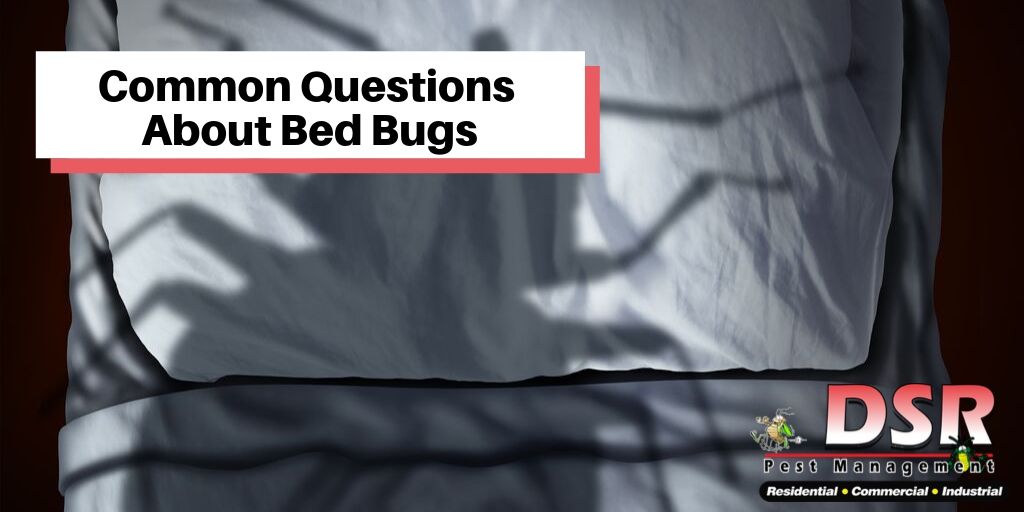
Bed bugs could be taking up rent in your home without your knowledge. They could even be feasting on your flesh for as long as 10-15 minutes at a time, without any sensation of pain, whatsoever. What’s worse is that, while they may eat alone, they certainly don’t travel solo. If you’re looking to keep some […]
Keeping Your Home Pest-Free in the Winter

When it comes to winter, there are few places in the world better to be than Tucson. While the rest of the country is shoveling snow or battling ice storms, Southern Arizonans are making tee times at their local golf course, hiking one of our beautiful trails, or barbecuing in the backyard. When it comes […]
Termite Treatment for Home Owners
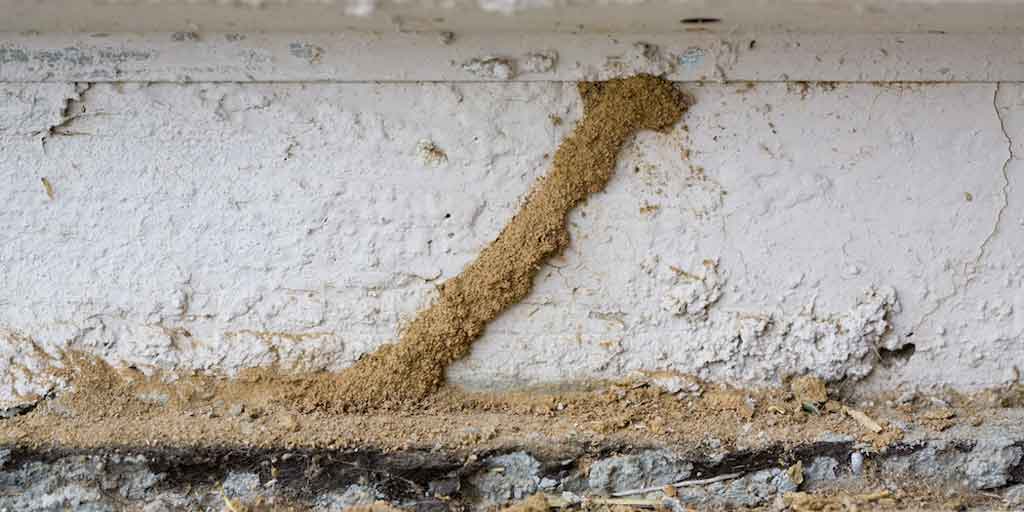
Termites: they’re tiny but highly destructive, responsible for about five billion dollars in annual replacement costs. Even if you added together the cost of damage from tornadoes, earthquakes, and fires combined, it still won’t come close to the cost of termite damage. The average cost for a homeowner to repair damage caused by these insects […]
Pest Management Tips for Spring Insects and Animals
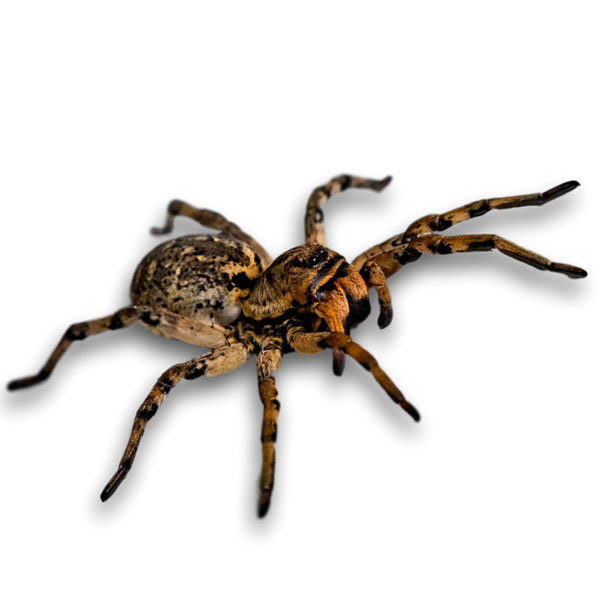
The spring season will be here before we know it and even though with the season comes warmer temperatures that everyone is looking forward to, other things that come with it are bugs and animals. Unless you take Pest Management precautions and measures now to keep these bugs out of your home, you may very […]
Black Widow Spider prevention methods
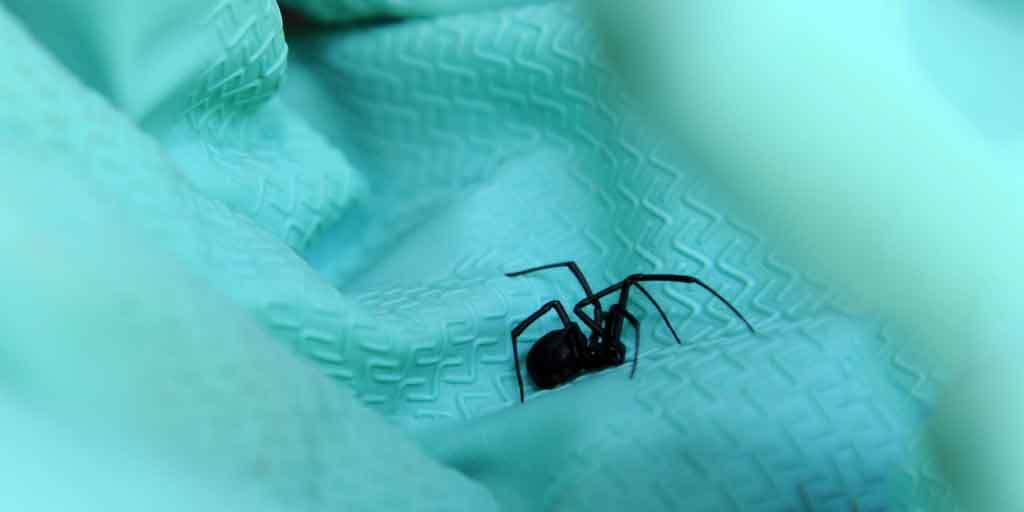
The black widow spider is the most venomous spider in North America. Although there hasn’t been a death in the United States attributed to the black widow spider in over ten years, a bite from a black widow can cause medical conditions ranging from abdominal pain and nausea to chest pain, respiratory difficulties, and paralysis. […]
Getting to Know Bed Bugs
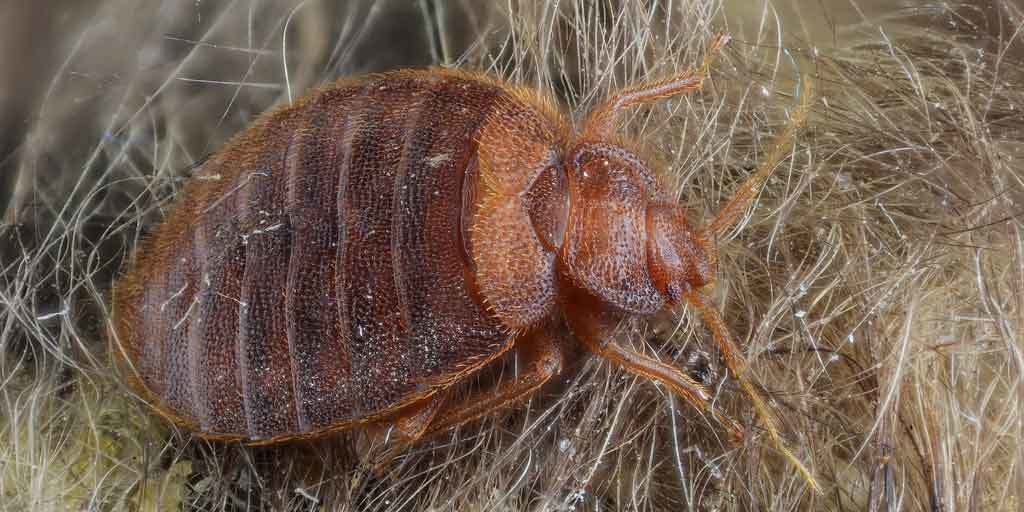
Bed bugs have made a resurgence in recent years as a common household pest. These insects can survive under extreme conditions and can often share your home unnoticed for long periods of time. If you think you could have a bed bug problem, contact your Tucson exterminator promptly for a professional inspection and an individualized […]
Pet Safe Pest Management and what you can do about it

Pet safe Pest Management is a popular topic. Your pet is an important member of your family. While residential Pest Management is essential to keep your home free of unwanted guests, your Pest Management service shouldn’t pose a threat to your pet’s health. We are happy to provide pet safe Pest Management to keep your […]
Why Pigeons Are a Problem for Your Property
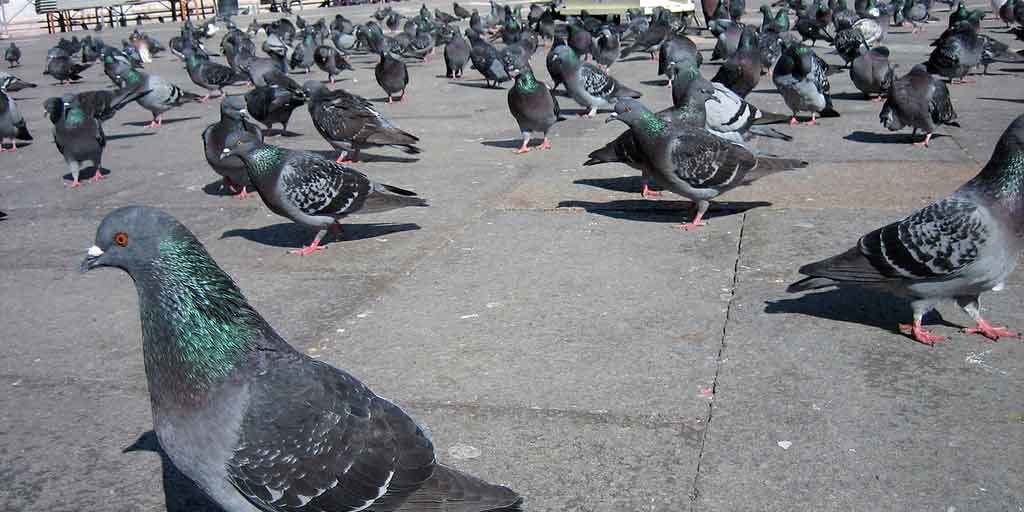
When many people think of pests, they envision ants, cockroaches, bedbugs, termites, and rodents. However, pest birds can be just as damaging. They can affect the look, comfort, and safety of your home and or commercial property. Pigeons often flock to both urban and residential areas for the plentiful food, water, and shelter offered by […]
The Health Dangers of a Household Rodent Problem
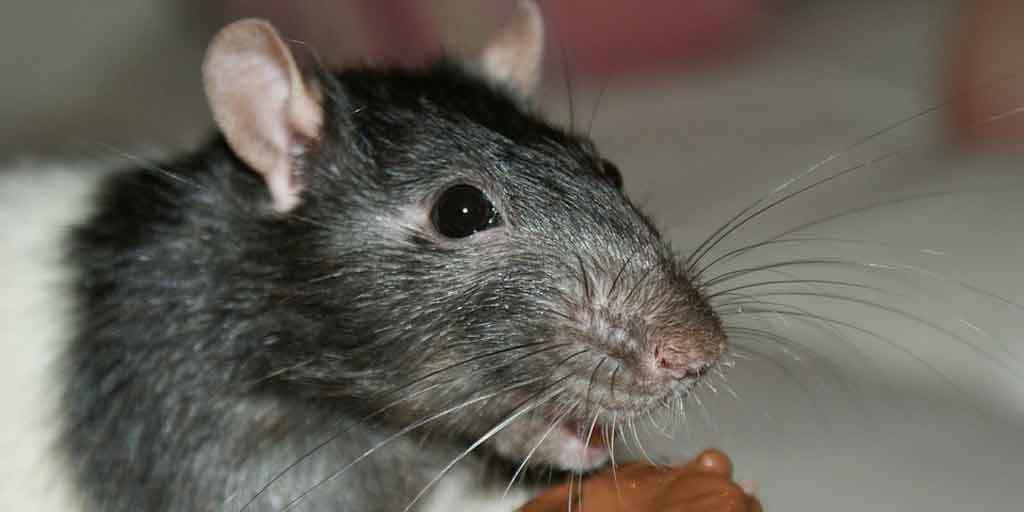
Household rodents can do much more than cause a nuisance in your home. Certain rodents create health hazards that could affect you and your family. Keep reading to learn more about the potential health dangers of a rodent problem in your home: Hantavirus Pulmonary Syndrome (HPS) Mice can easily spread HPS to humans. Although it […]
Signs that You Have a Cockroach Problem
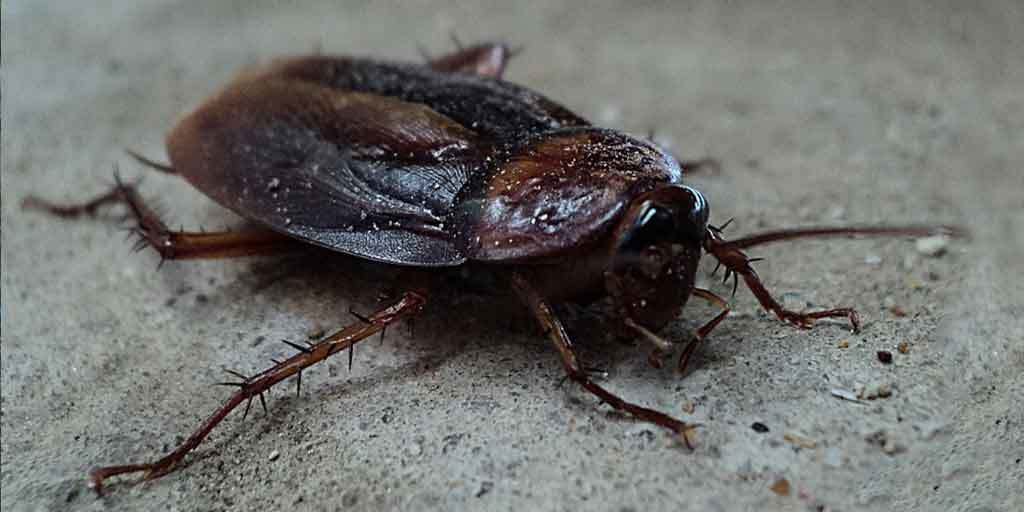
Cockroaches They like to hide during the day and come out at night, which makes it difficult to tell when you have them. If you notice any of the following signs, it might be time to call the Tucson exterminators for some help getting rid of these pests: You See One During the Day Cockroaches […]
